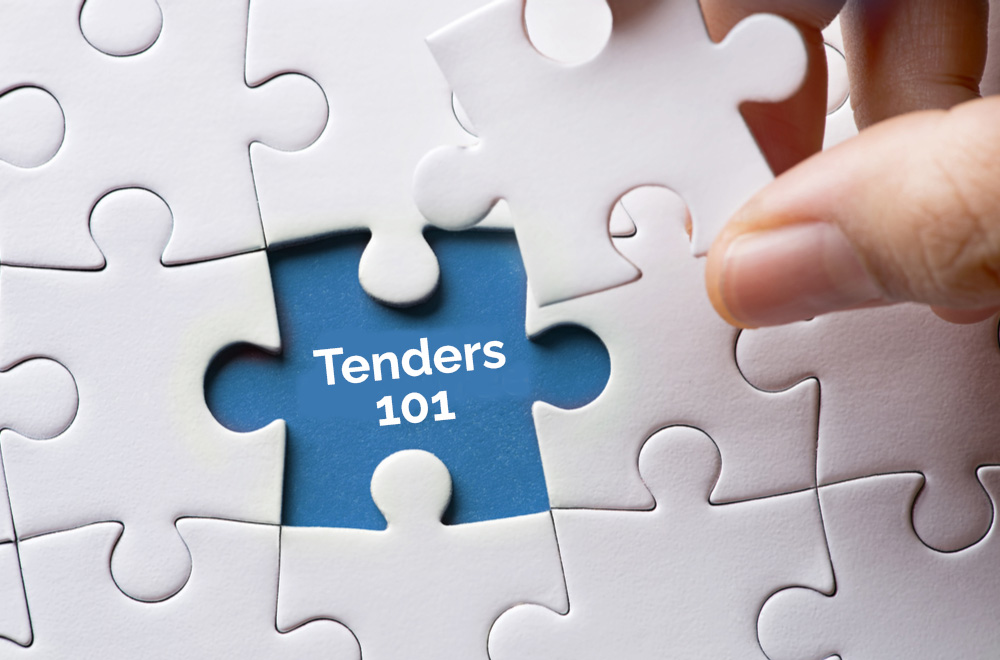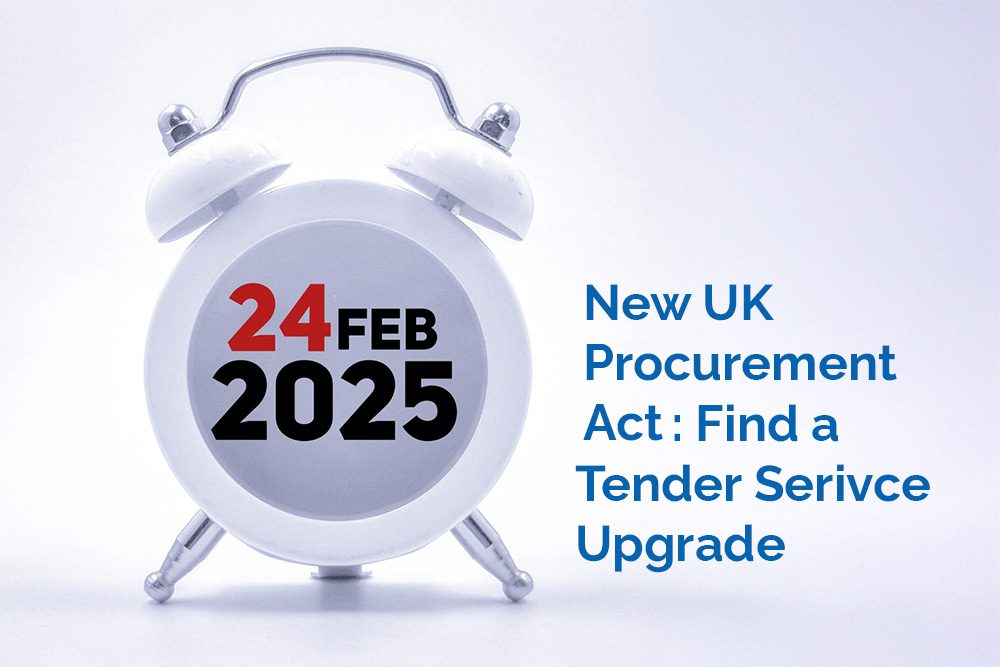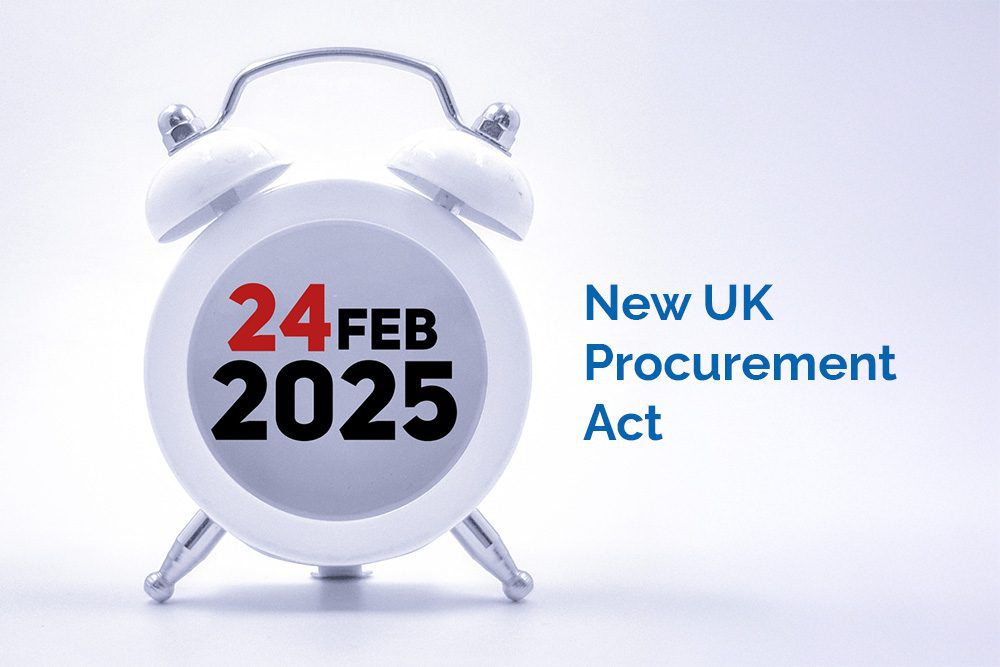Competing for high value public and commercial tenders is a big investment for any business. Being able to optimise activity within the set tender process and tight timescales is critical to delivering world-class tenders.
Let’s look at requirements for each stage of the tender process, challenges faced and how bid management technology can help make the most of tight timescales to finesse your tender responses.
Introduction to the Tender Process
There are several tender procedures that procurement agencies can adopt to evaluate suppliers for their products, services or solutions contracts. The most common and easiest process is that of Open Tenders. This requires less stages than other tender types and is open to all suppliers to bid for the work.
It’s this process that we are discussing in this article. Definitions and a summary of all Tender Types can be found in this article ‘6 Types of Tender Used in Public Procurement’.
Please also note: As of 24th February 2025 UK public procurement will no longer be following EU Regulations, but a new set of rules and procedures under the UK Procurement Act 2023. Please read The New UK Procurement Act: Changes & Supplier Benefits blog for more information.
The tender process has changed considerably over the years. Gone are the days that everything was sent by post and reams of printed paper used. The process is now mainly managed electronic through:
- Public Procurement Portals: where Procuring Agencies are required to advertise their Tender Notices and publish Tender Awards.
- Tender Portals or Websites: operated by the Procuring Agencies where the tender process is managed and Bidders can access documentation, communications and submit tender responses.
This makes the whole process more streamlined and efficient for both buyer and suppliers.
7 Stages of the Tender Process
Based on the Open Process:
- Procuring Agency publishes the tender on a Public Procurement Portal (e.g. TED/FTS)
- The Bidding Organisation reviews the Tender Notice and submits an Expression of Interest (EOI).
- The Bidding Organisation downloads and reviews the Selection Questionnaire (SQ), Invitation to Tender (ITT) and supporting documentation.
- The Bidding Organisation completes the detailed SQ and ITT, usually within 6-8 weeks.
- Procuring Agency evaluates and scores the SQ and ITT.
- Procuring Agency issues the Pre-award Notice to the preferred and other bidders, allowing 10 days to challenge result.
- When uncontested, the Procuring Agency confirms the award to the winning supplier and both parties sign the contract.
Now let’s take a closer look at the work required for each stage of the process and activities needed to complete your tender submission.
Finding Advertised Tender Opportunities
The majority of public contracts over a certain value threshold are required to be advertised through Public Procurement Portals such as TED EU and Find A Tender Service UK. Tender Notices may also be published on organisation or government agency websites and industry specific portals such health and defense.
TED alone advertises 258,000 number of Tender opportunities per year.
Bidding organisations can easily sign up to these portals or a third-party search service to find relevant tender opportunities. Various criteria can be used to filter tender notices matched to your business needs.
Take a look at our blog ‘Finding Tenders: The Art of Sourcing and Targeting’ to learn more on finding your best -fit opportunities.
Notices can then be automatically sent through to your email and be assessed by your Sales Team to validate and ensure they are a good fit for your business.
Once assessed, relevant opportunities will need to be populated within your sales management solution (spreadsheets/CRM etc) and associated team members notified.
Without a dedicated bid management solution, sourcing, qualifying and approving tender opportunities can be a frustrating, manual and time-consuming process.
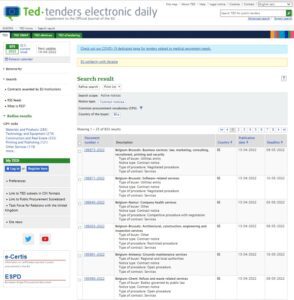
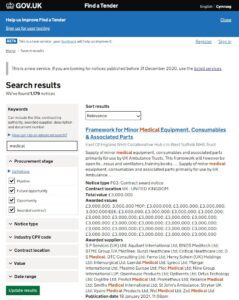
Submitting Your Expression of Interest (EIO) in the Tender
Once approval has been given by your Sales Manager to proceed with the tender opportunity, your Expression of Interest (EOI) needs to be registered.
In most cases this is a simple matter of clicking on the supplied link within the Tender Notice. This will take you to the Procuring Agency’s Tender Portal where you can complete your EIO with just one mouse click. You will need to be registered and logged into the system first to do this.
Assessing the Invitation to Tender (ITT) Requirements
You can then proceed to review the Invitation to Tender (ITT) details and documentation to gain a better understanding of the Procuring Agency’s tender requirements.
The Tender Notice will include links for access and download of these documents. These may be publicly accessible or require registration and log-in to the procuring agency’s portal or platform.
This documentation will include:
- Executive Summary: describes the goals and ambitions for the contract.
- Evaluation Criteria: describes how the Procuring Agency will evaluate the whole tender. It should include the price/quality/technical mix, the pass/fail criteria for binary questions, and the scoring mechanisms for all other questions.
- Scoring Matrix: This is usually an Excel document, and it shows how the Procuring Agency will calculate all the individual scores for each level; question, section, envelope, overall.
- Standard Terms and Conditions: setting out details of the contract.
- Detailed Questionnaires: Will consist of the questions the bidder will need to answer in the tender submission. These may only be available as in-portal forms to be completed on-line.
Theses are all crucial documents and need to be available to all stakeholders and updated if revised by the procurement agency. Without a central repository and good document management practices in place this can be problematic.
Your bid teams will need to fully assess and understand these documents. This stage is often rushed due to time constraints. As well as not fully comprehended or communicated to content writers and other stakeholders. Without this insight, achieving top scores for responses will be difficult.
Completing the Invitation to Tender (ITT)
Bidding organisations usually have 6-8 weeks to complete the SQ and ITT Questionnaires, which will often consist of numerous questions.
The SQ will mainly require information about your business, such as VAT Number, Insurance, Record of Accounts etc. This is content that generally your Subject Matter Experts only need to update on an annual basis and your Bid Team can easily complete.
The ITT will contain more detailed questions covering many topics including technical, commercial, risks, financials, products and pricing, etc.
Although commonplace for many of the questions to be similar across any number of tenders (covering the main factors associated with product and services), it is important not be complacent with your responses.
When working with tight time constraints, Bid Teams may be tempted to reuse previous answers. However, opportunities to address nuances in the questions can be missed and lead to responses receiving lower evaluation scores.
Your Bid Team will then need to upload the final approved submission to the Procuring Agency’s Tender Portal. This may be in document format but more often, a direct population of on-line forms.

Award of Contract
On completion of the tender evaluation, the Procuring Agency will issue a Pre-Award notice to both the preferred supplier and other bidders in the process. This provides a 10-day period for losing bidders to appeal the decision.
Once this period remains uncontested, the Procuring Agency will supply a letter of confirmation to the winning supplier. Followed by the signing of contracts by the two parties. The Procuring Agency will also publish the Award Notice on the Public Procurement Portal for public viewing.
Technology for Improved Bid Management
As the above demonstrates, there are several stages to go through to bid for Open Procedure public procurement contracts. Other types of tender procedure, such as Restricted or Competitive Dialogue will involve additional stages and complexities.
Each stage of any of the tender procedures, requires the coordination of people, completion of tasks and the creation of content. All within tight deadlines. Managing such activities through inadequate business tools and technologies can be greatly hamper performance and results.
Using a more sophisticated dedicated Bid Management solution, such as TenderEyes, can help your teams automate and streamline the process. This will give better control over the whole end-to-end process, all within the one platform, delivering:
- Smarter sourcing, qualification and approval of tender opportunities.
- Better management, access, search and updating of all tender documentation.
- Easier assessment and communication of insight of tender requirements and risks.
- More coordinated and quicker completion of tender responses and approvals.
All designed to free up time to focus on compiling more competitive, compelling responses, that secure higher scores and improve win probabilities.
